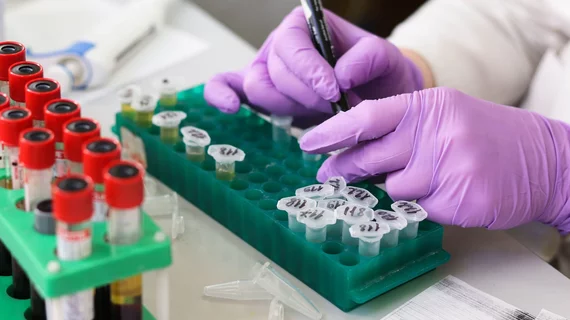Predicting the impact of new heart attack medications
Researchers have developed a new mathematical model for predicting the effect of new myocardial infarction medications, sharing their findings in the Journal of Theoretical Biology.[1]
The group’s model, made up of multiple differential equations, was built using data from prior animal studies. They focused on how certain immune cells in mice responded after an hour of being treated with four different immuno-modulatory medications. Each of the drugs was developed to limit inflammation following a myocardial infarction.
“Biology and medicine are starting to become more mathematical,” lead author Nicolae Moise, a post-doctoral researcher at The Ohio State University, said in a prepared statement. “There's so much data that you need to start integrating it into some kind of framework.”
Moise said these equations represent the most detailed schematic of its kind. His team’s model worked as intended, shedding light on which combinations of medications could potentially benefit a myocardial infarction patient — and which combinations may fall short.
The simulation is theoretical at this stage, of course, since it has only been used with mice models. But Moise and co-author Avner Friedman, a professor of mathematics at Ohio State, believe their research could make a big impact on patient care in the future.
“It’s going to be some years before we can actually integrate this kind of approach into actual clinical work,” Moise said. “But what we’re doing is the first step towards that.”
Click here to read Moise and Friedman’s full analysis, which includes a detailed look at their advanced equations.
Related Acute Coronary Syndromes Content:
Seeing the future: How routine eye exams could predict heart attacks
Risk of dementia skyrockets when patients have more than 1 cardiovascular condition
Key interventional cardiology takeaways from the SCAI 2022 conference
COVID-19 repercussions on cardiac services will be with us for years to come
Find more cardiac pharmaceutical content
Reference:

